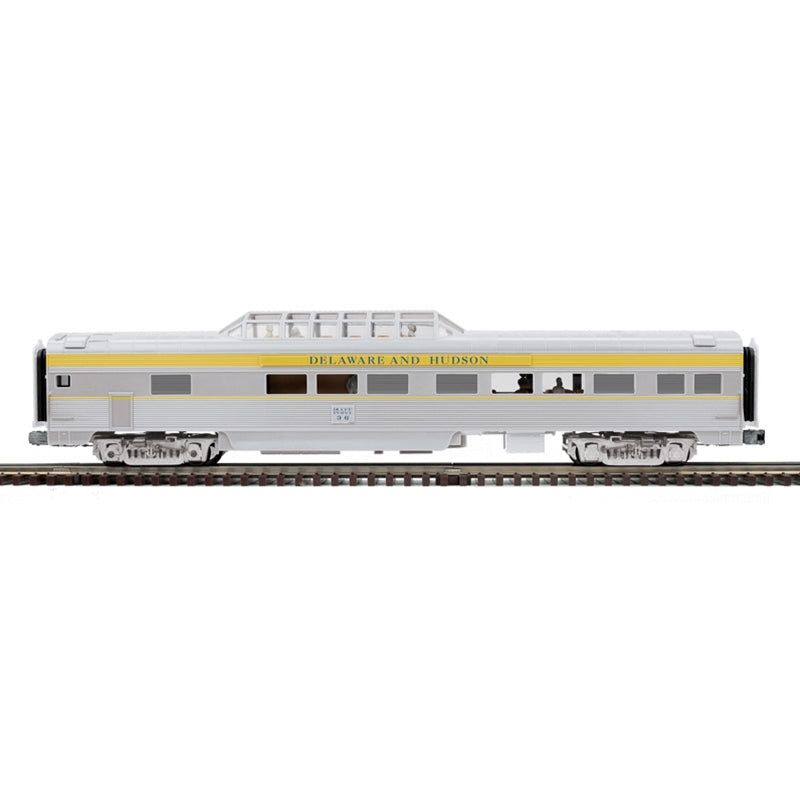Love it? Add to your wishlist
Your favorites, all in one place. Shop quickly and easily with the wishlist feature!
[message]
[title]
[message]

Announcement Date:
Guaranteed Pre-Order Due Date:
Expected Delivery Date: 2025-09-02
Individually Boxed: No - 3 to a case
| Announced Date: | December 2023 |
| Released Date: | Est. 4th Quarter 2024 |
| Individually Boxed: | N/A |
The lightweight, streamlined passenger car was a product of the Great Depression. While the heavyweight steel cars built in the teens and 1920s were dependable and often luxurious, their dark colors and solid, battleship-like exteriors did little to lift the spirits at a time when the entire nation needed a pick-me-up. As noted railroad historian John H. White, Jr. put it in The American Railroad Passenger Car, “Some hope during these gloomy years was offered by a new design concept called streamlining. It presented a sleek, modern image of speed and innovation. What had been an obscure technical term in aerodynamics was made into a household word through an astute publicity campaign mounted by several railroad traffic departments. It succeeded in creating a general interest in railroading practically unknown since the opening of the first transcontinental line… According to Railway Age, ‘For the first time in many years, the words ‘sold out’ re-entered the ticket clerk’s vocabulary.’”
But as White notes, the real change in passenger car construction was in weight, not the streamlined appearance that was largely for show: “Weight, not air friction, was the chief obstacle to economic operation.” Unlike the heavyweights, the lightweight cars that debuted in the mid1930s featured sides and roofs that contributed to their structural strength, eliminating the need for the heavyweights’ massive underframes. Trucks went from six wheels to four, non-revenue space was decreased by using a vestibule on only one end of the car, and lighter, stronger, more rust resistant steel alloys came into widespread use. A typical new lightweight could be 15-20 tons lighter than the heavyweight car it replaced.
The majority of lightweights were 80’–85’ long, which scales out to about 21” in O gauge. Many O gauge modelers, however, find cars of this length impractical, as they require large curves and create long trains that can overwhelm a typical-sized layout. For those reasons, our Premier lightweights are about 70 scale feet in length — reproducing the look and feel of prototype streamliners in a model that will round O-42 curves with ease and look at home on most scale-detailed O gauge layouts.
177 W Main St
Atlanta, IN 46031
765-292-2022
support@mrmuffinstrains.com
Sign up for our newsletter and be the first to know about coupons and special promotions.
© 2025, MrMuffin'sTrains Powered by Shopify
